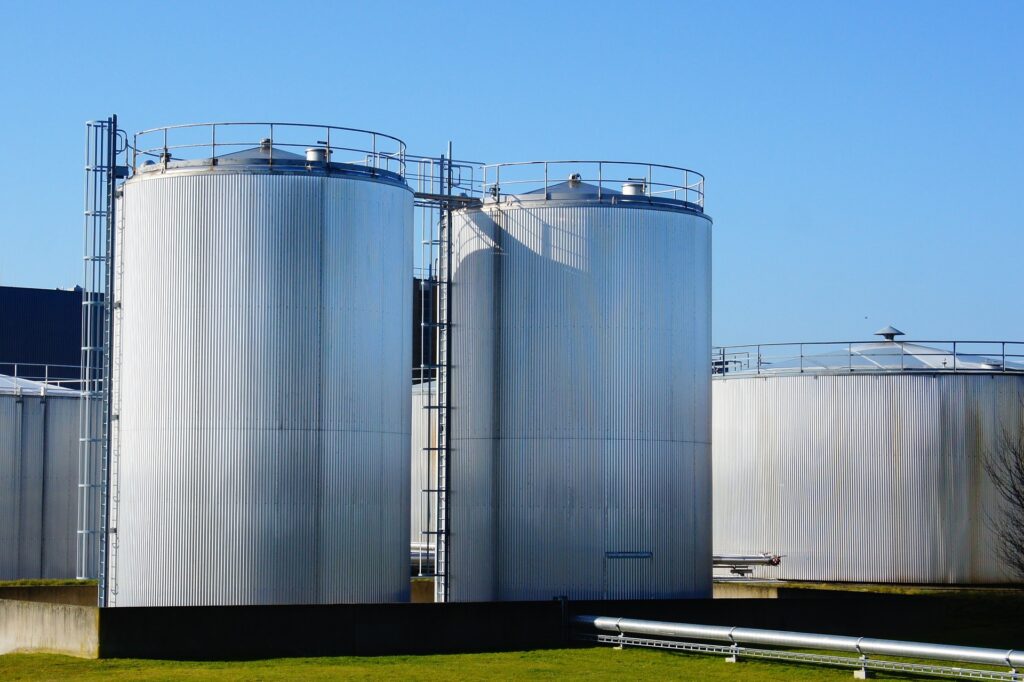Water tanks are essential for storing water, but they also come with challenges. Apart from issues like algae growth and the heating of stored water, one common concern is water overflowing from the tank. Fixing an overfilled water tank is crucial to avoid further damage and minimize wastage. Overflowing leads to water wastage and potential damage to the tank. This article explores the causes of water overflow in tanks and the best ways to prevent it.
What is Water Overflow?
Water overflow occurs when a tank becomes too full, causing excess water to escape through the tank lid or the overflow pipe. Moreover, filling the tank can make it unstable, leading to possible damage. Therefore, it is recommended to leave some space in the tank, meaning the actual amount of water stored will always be less than its full capacity.
Causes of Water Overflow
There are two main reasons why water might overflow from a tank:
Floater Failure
Water Returning from the Outlet
Below, we will examine these causes in detail.
Floater Failure
A floater is a device designed to maintain a constant water level inside the tank. When the water level drops, the float opens a valve to allow water in. Once the water level rises, the float closes the valve. If the floater malfunctions, it may fail to close the valve, leading to continuous water inflow and overflow. Several issues can cause floater failure:
Gasket Failure: Before installing the floater, it is important to wrap enough Teflon tape around the gasket threads. This helps secure the floater properly and prevents leaks or failure.
Ball Failure: If the ball inside the floater is punctured and fills with water, it will no longer float properly, preventing the valve from closing at the right time. Replacing or repairing the ball can solve this issue.
Clogging of the Floating Valve: Sometimes, solid particles block the floating valve, disrupting its function. Cleaning the floater can restore normal operation.
Incorrect Float Adjustment: Some floaters allow for adjustment of the lever length, which affects the ball’s ability to control the water flow. Improper adjustment can cause overflow.
Slanted Floater Installation: The floater must be installed perpendicular to the tank bottom. If it is installed at an angle, it may not transfer pressure correctly to the valve, preventing proper closure.
Water Returning from the Outlet
If the one-way valves in a tank do not function correctly, water can flow back into the tank, causing overflow. To check for this issue:
Close the main water inlet from the city supply.
Use a pump to supply water from the tank to the building.
If overflow continues, the problem is with the water inlet float.
If overflow stops, the issue lies with the one-way valves, which need to be inspected and replaced if faulty.
Conclusion
Using water tanks presents several challenges, including algae growth, heating of stored water, and overflow. This article explored two main causes of water overflow:
Floater Failure
Water Returning from the Outlet
If you continue to experience overflow despite following these solutions, it is best to consult a plumbing expert for further assistance.
You may also like
-
The Power of International Volunteering
-
Powering Growth: How the MRO Supply Chain Drives Industrial Success
-
Metal Casting: The Timeless Engine of Modern Manufacturing
-
Keeping Singapore’s Skies Moving: Proponent’s Role in Reliable Aviation Support
-
How General Kinematics Can Revolutionize Scrap Processing

